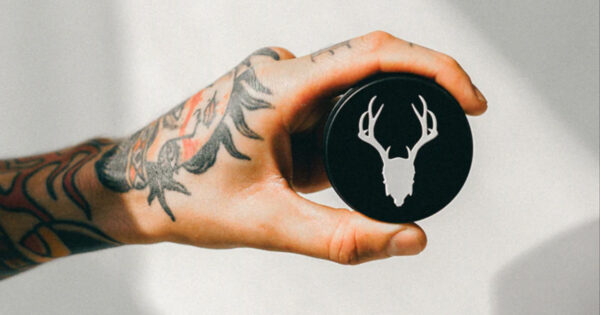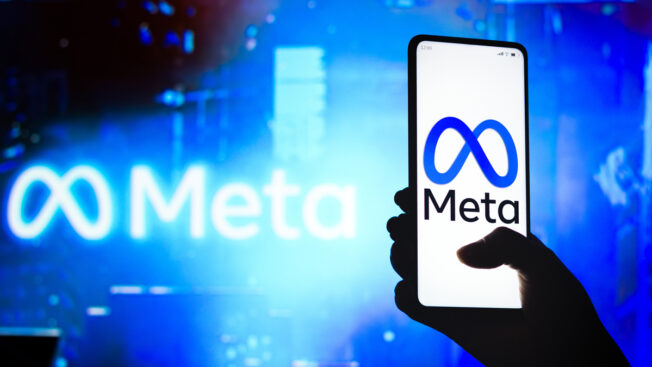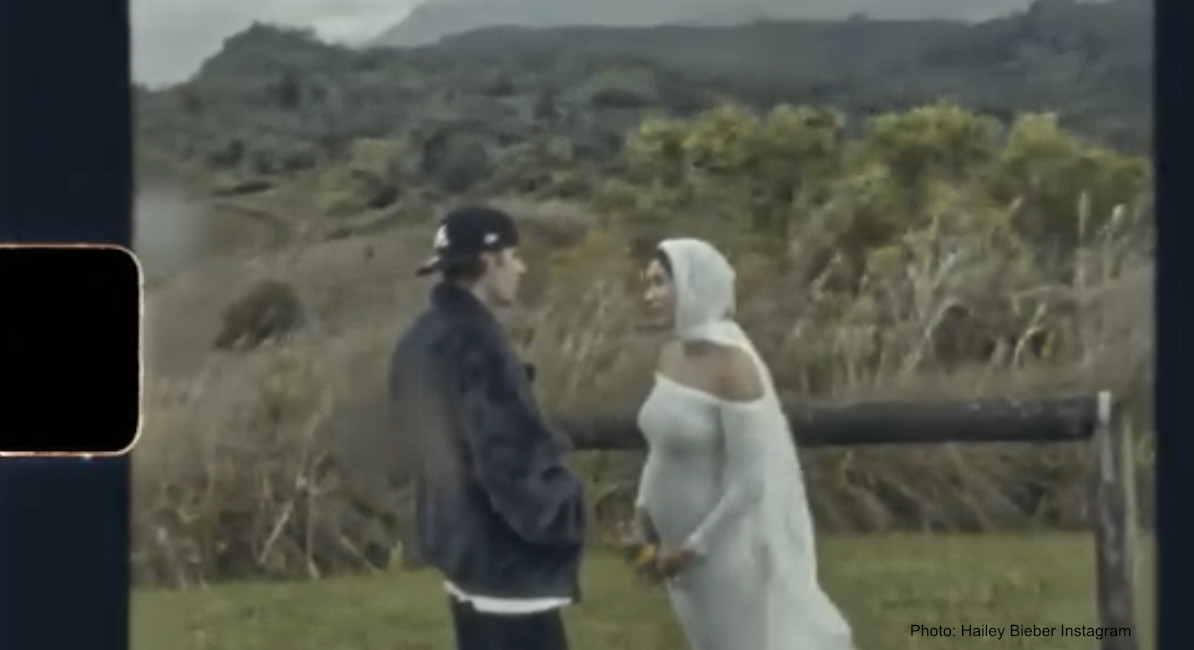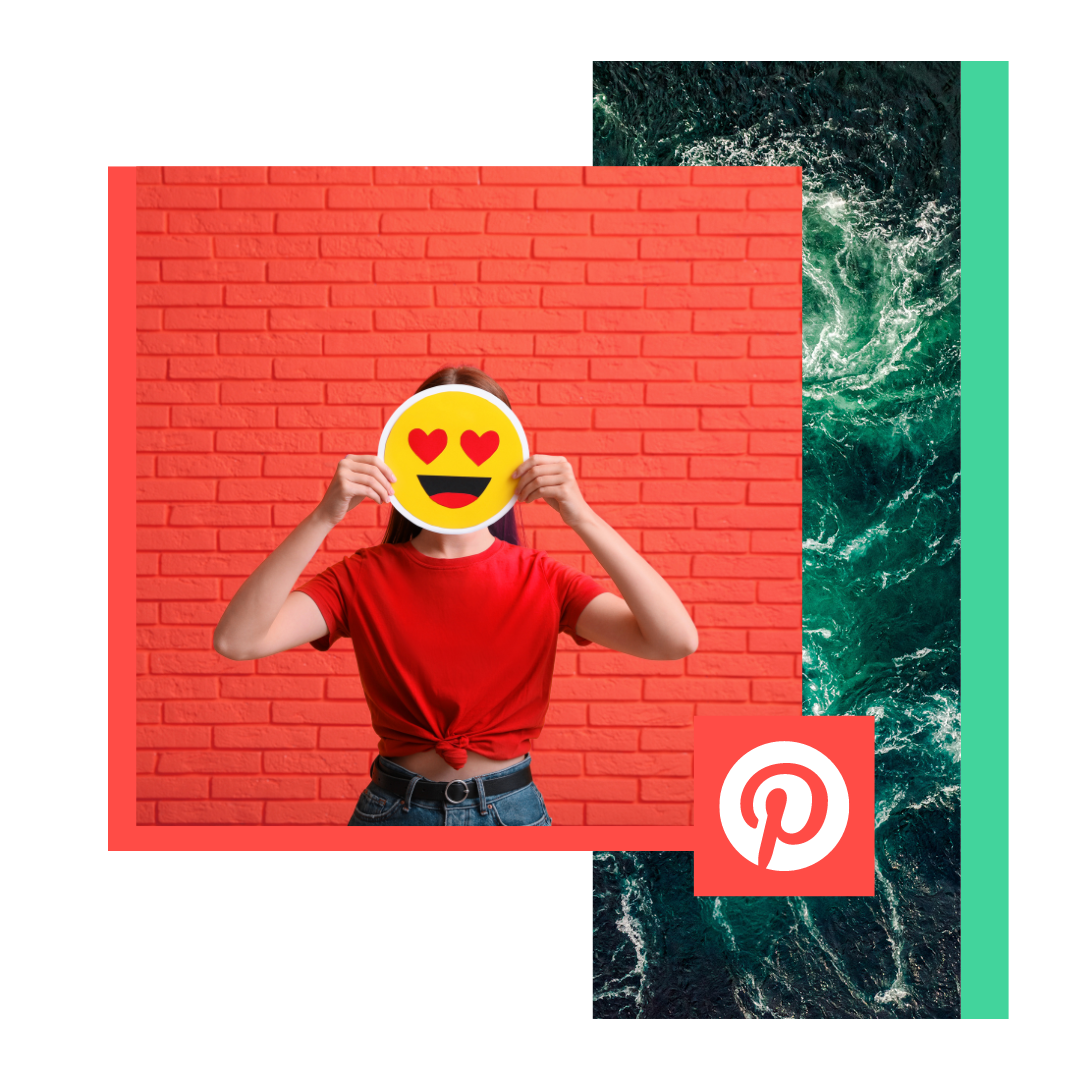The direct-to-consumer brand has nearly 600,000 TikTok followers and has been posting more of its TikTok content to social platforms like YouTube and Snapchat in the last year, as well as increasing spend.
This was spurred by uncertainties over TikTokâs future, plus technical issues with TikTok Shop and tracking conversion campaigns. As such, Mad Rabbit stopped buying ads on the platform in August 2023 for eight months.
Mad Rabbit reported $20 million in revenue in 2023. While nearly 60% of its sales come from Meta behemoths like Facebook and Instagram, TikTok generates 15% of its sales. While smaller, the platformâs role in building new audiences is important, partly thanks to the For You page algorithm driving product discovery.
âWhenever you post [to TikTok], itâs not your followers that are seeing it all the time, itâs multiple people outside your following,â said Mad Rabbit co-founder and chief revenue officer Selom Agbitor, who will be speaking at ADWEEKâs Social Media Week event in New York next week about the impact of a potential TikTok ban. âA lot of content that does well for us on TikTok also ends up doing well on YouTube Shorts.â
The ongoing debate in Washington, D.C., over TikTokâs fate in the U.S., should its Chinese ownership fail to divest, has prompted some DTC brands like Mad Rabbit that rely on the platform to test content, reach new audiences and boost sales to diversify their platform strategy.
Mad Rabbit debuted on TikTok in late 2021, getting cut through with its soothing gel product swipe videos, where tattoo artists applied the gel with a wooden stick to enhance the appearance of tattoos, driving brand awareness. This propelled its followers from 50,000 to nearly 600,000 over three years, with videos like applying healing gel on tattoo sleeves netting millions of views and over 1,000 comments.
âWeâd have over 1 million views on every other post,â said Agbitor. âThatâs how easy and fast it got for us.â
Mad Rabbitâs TikTok content expanded to include educational tutorials on products and reaction videos, which are also posted on YouTube Shorts and Instagram Reels. The content is created by a four-member team, posting either once or twice a day on TikTok.
âItâs easier to test on TikTok since itâs people who donât follow [the page] that view your content,â said Agbitor. âIf we lose TikTok, we lose our testing strategy.â
And with the potential of a ban looming, thatâs not out of the question, so the DTC brand is building up its audience elsewhere.
Driving more sales on YouTube and Snapchat
In the past six months, Mad Rabbit has started posting content to Snapchatâs Spotlight feed to grow its younger audience, between 18 and 21, hiring an additional social media associate. While follower growth is steady, it has not been as rapid as on TikTok.
The brand is also now posting Snapchat story ads, but âcustomersâ lifespan is not as long as it is on Instagram or TikTok,â said Agbitor
While it has been posting to YouTube for years, subscribers have grown by 95% from 2023 to 2024, the company said. Admittedly, that comes from a small base: It currently has nearly 21,000 YouTube subscribers.
After seeing YouTube drive 5% of sales, Mad Rabbit is increasing spend on YouTube ads, allocating 7% of its digital ad spend to the platform.
Mad Rabbit resumed buying paid ads on TikTok last month following a period without incidents on TikTok Shop. But, lingering questions about TikTokâs privacy, the possibility of a future ban and technical issues like recurring product takedowns from TikTok Shop have deterred the brand from investing more.





